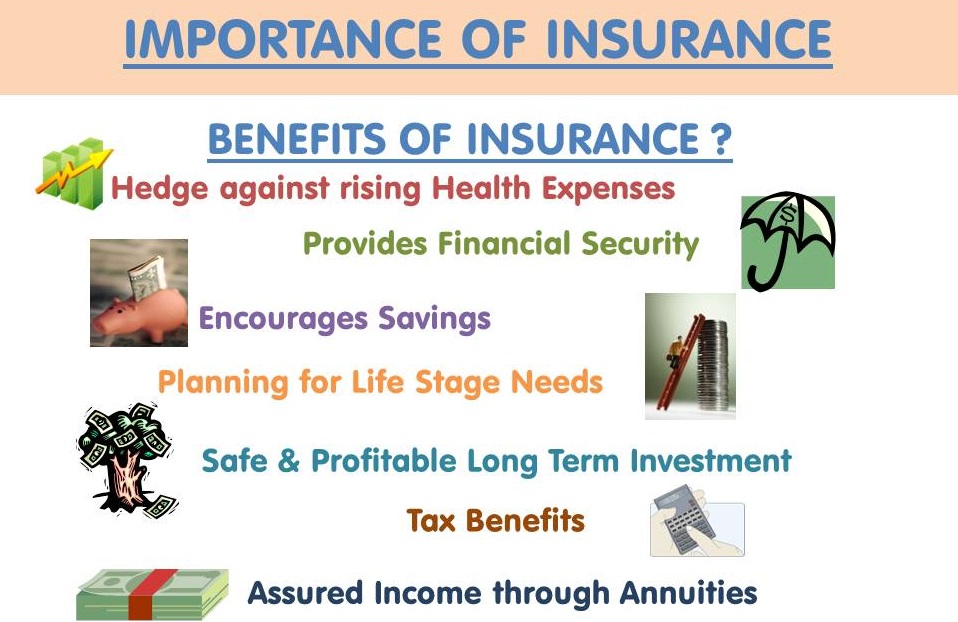An Unbiased View of Pacific Prime

This drop of nearly 2 million in the variety of people 'without insurance coverage (a reduction of about 4 percent) is definitely a positive adjustment. With a softer economic climate in 2000 the current reported gains in insurance policy protection might not proceed (Fronstin, 2001) (maternity insurance for expats). The decrease in the number of uninsured will not proceed if the economy stays slow and healthcare costs continue to exceed rising cost of living
This is since the information were collected for a duration of strong economic efficiency. Of the approximated 42 million people that were uninsured, almost concerning 420,000 (about 1 percent) were under 65 years old, the age at which most Americans come to be qualified for Medicare; 32 million were grownups between ages 18 and 65, about 19 percent of all adults in this age; and 10 million were kids under 18 years of age, regarding 13.9 percent of all kids (Mills, 2000).
These estimates of the variety of persons without insurance are created from the annual March Supplement to the Existing Populace Study (CPS), carried out by the Demographics Bureau. Unless otherwise noted, national quotes of individuals without health and wellness insurance policy and percentages of the population with various kinds of coverage are based upon the CPS, one of the most widely used resource of estimates of insurance protection and uninsurance prices.
7 Easy Facts About Pacific Prime Shown

Still, the CPS is especially beneficial due to the fact that it generates annual estimates reasonably swiftly, reporting the previous year's insurance protection estimates each September, and because it is the basis for a regular collection of quotes for more than twenty years, enabling evaluation of patterns in insurance coverage gradually. For these reasons, in addition to the extensive use the CPS in other researches of insurance policy protection that exist in this record, we depend on CPS estimates, with constraints noted.

The price quote of the number of uninsured people expands when a population's insurance standing is tracked for a number of years. Over a three-year duration starting early in 1993, 72 million individuals, 29 percent of the united state populace, lacked insurance coverage for at least one month. Within a single year (1994 ), 53 million people experienced a minimum of a month without coverage (Bennefield, 1998a)
Six out of every 10 without insurance grownups are themselves used. Although working does boost the possibility that a person and one's member of the family will have insurance policy, it is not an assurance. Even members of family members with two full time wage income earners have virtually a one-in-ten opportunity of being without insurance (9.1 percent without insurance price) (Hoffman and Pohl, 2000).
The Buzz on Pacific Prime
New immigrants represent a significant proportion of people without health and wellness insurance policy. One evaluation has attributed a substantial section of the current development in the size of the united state uninsured population to immigrants that showed up in the country between 1994 and 1998 (Camarota and Edwards, 2000). Current immigrants (those who concerned the USA within the past 4 years) do have a high rate of being without insurance (46 percent), however they and their youngsters make up simply 6 percent of those without insurance coverage country wide (Holahan et al., 2001).
The relationship between medical insurance and accessibility to care is well developed, as recorded later in this chapter. The partnership between health insurance policy and health end results is neither direct nor easy, an extensive clinical and wellness services study literature links health insurance policy coverage to improved access to care, far better top quality, and enhanced individual and populace health condition.
Degrees of evaluation for taking a look at the results of uninsurance. It focuses specifically on those without any health insurance policy for any kind of size of time.
Some Known Details About Pacific Prime
The issues encountered by the underinsured are in some aspects similar to those encountered by the uninsured, although they are typically much less visit the site serious. global health insurance. Uninsurance and underinsurance, nevertheless, entail clearly different policy problems, and the methods for addressing them may differ. Throughout this study and the 5 records to adhere to, the major emphasis is on individuals with no medical insurance and hence no aid in spending for healthcare beyond what is offered through charity and safeguard organizations
Wellness insurance is a powerful aspect affecting receipt of treatment because both people and doctors reply to the out-of-pocket price of services - https://stieuys-rhuiets-scriank.yolasite.com/. Health insurance, nevertheless, is neither essential nor enough to access to medical services. Nevertheless, the independent and straight effect of medical insurance protection on access to health and wellness services is well established.
Others will certainly obtain the healthcare they require also without medical insurance, by spending for it out of pocket or seeking it from companies who use treatment free or at highly subsidized prices. For still others, wellness insurance alone does not guarantee invoice of care since of other nonfinancial obstacles, such as an absence of healthcare companies in their area, restricted accessibility to transport, illiteracy, or linguistic and cultural distinctions.
About Pacific Prime
Official research regarding uninsured populations in the United States dates to the late 1920s and early 1930s when the Board on the Expense of Medical Treatment generated a collection of reports about financing medical professional workplace sees and hospitalizations. This issue became salient as the numbers of medically indigent climbed up throughout the Great Clinical depression.
Comments on “Pacific Prime Fundamentals Explained”